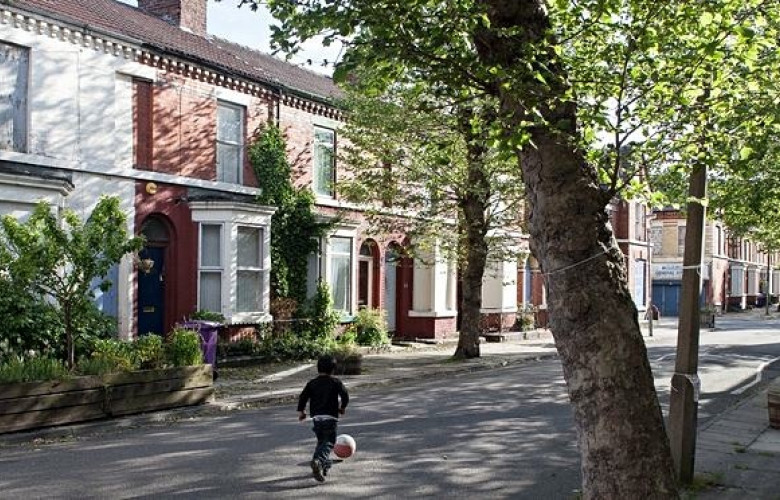Turner Prize sees art in new politics of housing development
Contact
Turner Prize sees art in new politics of housing development
One of the world’s most prestigious art prizes has been awarded to an architecture collective, Assemble, that transforms urban environments with the involvement of local residents.
While the Turner Prize has always courted controversy - who can forget Damien Hirst's cows in formaldehyde or Tracy Emin’s unmade bed - this is the first time the prize hasn’t gone to an actual artist.
This year, Assemble, a collective of 18 architects and designers, has been awarded the prestigious prize for its ongoing collaboration with local residents to restore derelict terrace houses in Granby Four Streets, Liverpool.
The Turner Prize is awarded to a British artist under 50 for an exhibition or presentation of their work, and carries prize money of 25,000 pounds.
Fran Edgerley, of Assemble, told ‘The Guardian’, “The more we talk about it, the more we realise our practice is incredibly similar to artists and designers. The labels aren’t as important as the works.”
Granby Four Streets is near Toxteth, where riots in 1981 left the area in ruins. The council acquired much of the area after the riots, and many of the original homes were demolished. But in a pocket of four streets, a group of residents remained in their homes. They banded together and began working on improving the area themselves, for example they cleaned the streets themselves, and painted empty houses.
Assemble was brought in to help finish the job. Their primary focus has been on restoring the remaining homes, and developing areas that are in ruins. Often the residents will come up with an idea, and Assemble will devise the plan that brings it to life.
In a video compiled by Tate on the collective’s nomination, Lewis Jones, a member of Assemble, said, “We’ve been working with the residents to extend that hands-on and direct action into the permanent housing and the development of other vacant spaces in the neighbourhood.”
Assemble set up Granby Workshop when it was nominated for the Turner Prize. The workshop is a social enterprise where local residents make and sell products from waste material gathered from local buildings sites. For example, clay door handles are being fired in sawdust-fuelled ovens, Granby stone is being honed into bookends, and used terracotta tiles are being pressed into lampshades. The program will provide local jobs, and teach young people how to make things. All income will go back into the business.
Edgerley said, “The project is serious in terms of what it says about a good model for the development of cities, and the level of care and investment that people have in the surroundings.”





